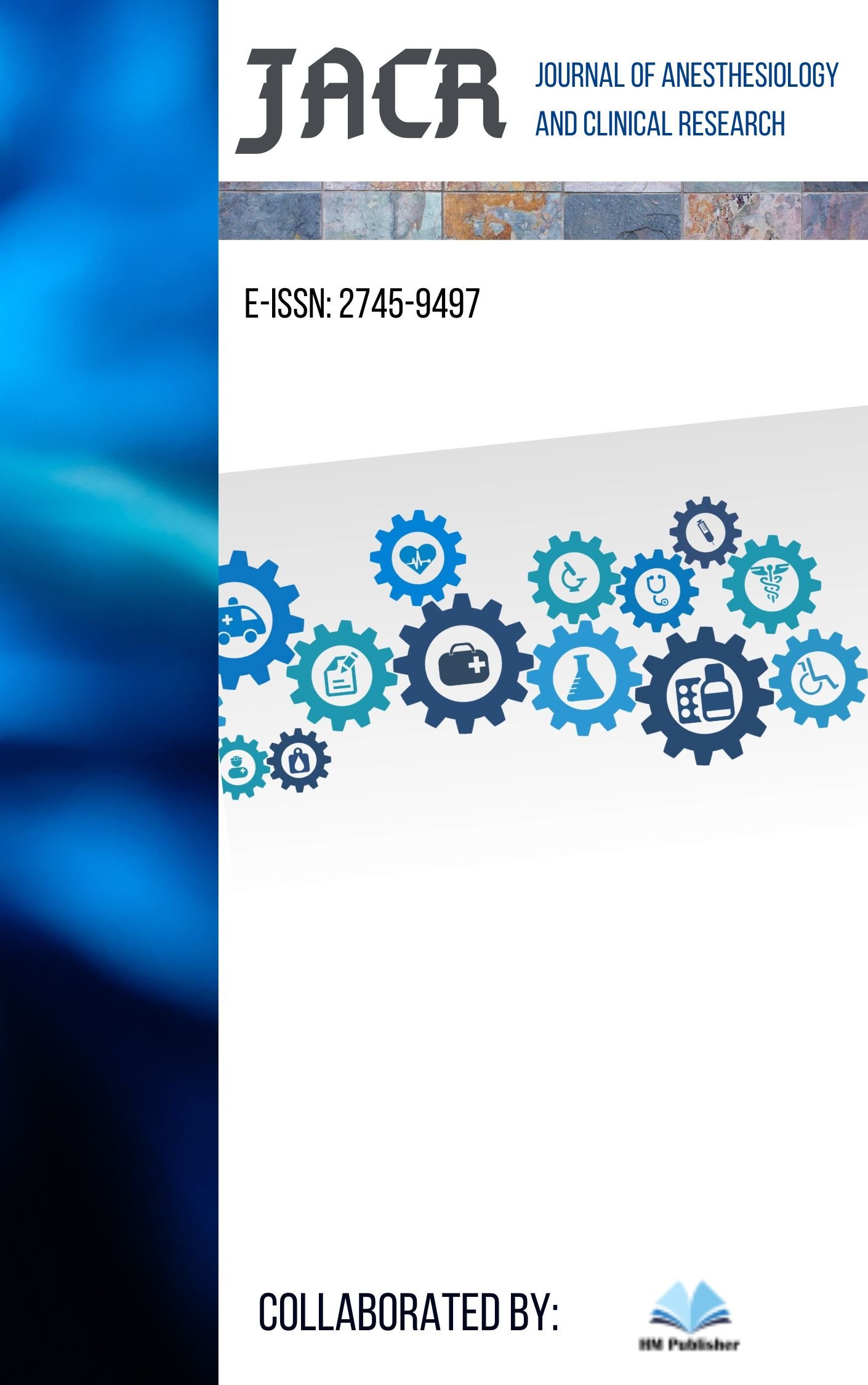Main Article Content
Abstract
Introduction: Thyroid storm is a rare, life-threatening exacerbation of thyrotoxicosis characterized by severe multisystem organ dysfunction, including cardiovascular collapse and respiratory failure. Acute pulmonary edema is a recognized but challenging complication, often stemming from high-output cardiac failure or tachyarrhythmia-induced cardiomyopathy. Non-invasive ventilation (NIV) offers a crucial therapeutic modality for acute respiratory failure by improving oxygenation, reducing the work of breathing, and providing beneficial hemodynamic effects, potentially obviating the need for endotracheal intubation.
Case presentation: We present the case of a 23-year-old female who developed acute hypoxemic respiratory failure secondary to acute pulmonary edema precipitated by a thyroid storm, occurring post-operatively after a ureterorenoscopy. She presented with severe dyspnea, tachycardia (atrial fibrillation with rapid ventricular response), tachypnea, and significant hypoxemia (PaO₂/FiO₂ ratio of 106.4). Diagnosis of thyroid storm was confirmed by elevated free thyroxine (FT4), suppressed thyroid-stimulating hormone (TSH), and a Burch-Wartofsky Point Scale (BWPS) score of 80. The patient was managed with NIV, alongside standard medical therapy for thyroid storm, including antithyroid drugs, beta-blockers, iodine solution, and corticosteroids.
Conclusion: NIV was successfully utilized as primary respiratory support, leading to rapid clinical and radiological improvement, resolution of respiratory failure, and avoidance of invasive mechanical ventilation. The PaO₂/FiO₂ ratio improved to 260 within four days. This case highlights the efficacy and safety of early NIV initiation in patients with acute respiratory failure due to pulmonary edema in the complex setting of thyroid storm.

